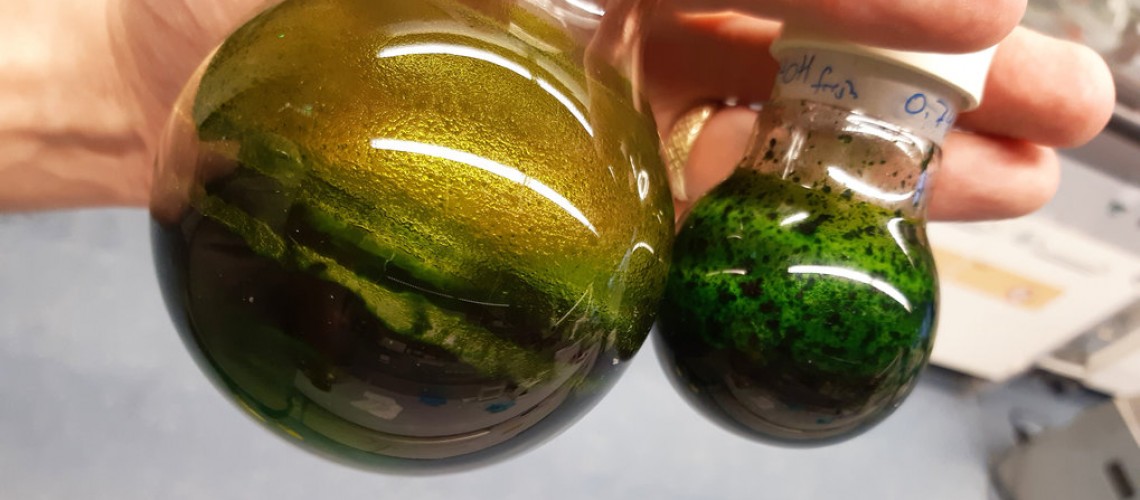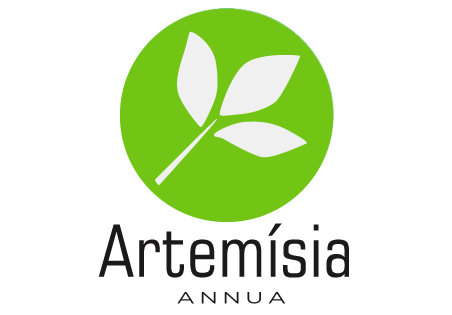ARTEMISIA LE REMÈDE MAGIQUE

L'artémisinine, le remède magique découvert dans la médecine traditionnelle chinoise.
Le traitement à l'artémisinine se caractérise par son excellente tolérance et son accessibilité relative. Cette combinaison d'innocuité prouvée et d'abordabilité fait de l'artémisinine un médicament d'un intérêt exceptionnel pour les études de réutilisation. En fait, l'intérêt pour les applications non paludéennes de l'artémisinine n'a cessé d'augmenter au fil du temps depuis que l'artémisinine a été commercialisée pour la première fois dans le monde. Bien que le paludisme reste la seule maladie pour laquelle l'artémisinine est un traitement approuvé, les applications potentielles de l'artémisinine dans les fonctions anticancéreuses, anti-inflammatoires, antiparasitaires (autres que le paludisme) et antivirales, entre autres, ont été sérieusement explorées. au cours des années. Ici, nous commentons brièvement certaines recherches prometteuses sur la réutilisation de l'artémisinine, en particulier dans le domaine du traitement du cancer, en tant que fenêtre pour le développement futur de médicaments.
L'efficacité de l'artémisinine dans les cultures cancéreuses a été signalée pour la première fois en 1993 et a depuis été étendue et largement caractérisée. Il est maintenant bien rapporté que l'artémisinine et ses dérivés présentent une cytotoxicité sélective contre une variété de types de cancer dans des études in vitro et in vivo. Les incursions dans les essais cliniques ont généralement été prometteuses, bien que limitées en nombre et en échelle. Plus de deux décennies de recherche basée sur l'action de l'artémisinine dans le cancer ont mis au jour une multitude de cibles et de mécanismes impliqués. Il a été rapporté que l'artémisinine induisait l'apoptose mitochondriale et d'autres formes de mort cellulaire telles que la nécroptose, inhibait l'angiogenèse et les métastases cancéreuses et interrompait le cycle cellulaire cancéreux. Ces résultats sont médiés par une combinaison de dommages oxydatifs, de dommages à l'ADN, d'une expression génétique altérée et d'interactions avec un large éventail de voies de signalisation, y compris la cible mammifère de la rapamycine (mTOR), NF-κB, les protéines activées par les mitogènes (MAP) kinases et Wnt/β-caténine, parmi beaucoup d'autres. Ces voies et mécanismes ont été largement examinés dans des publications récentes.
Bien que la validation de la voie soit un aspect important de l'étude mécaniste, il est également nécessaire de considérer la situation dans son ensemble en termes d'unification de l'activation du médicament et de l'activité en aval d'une manière similaire à ce qui a été fait dans les études sur le paludisme. Comme dans le cas des parasites du paludisme, il est probable que le mécanisme d'activation de l'artémisinine dans les cellules cancéreuses soit fortement lié à sa spécificité d'action. Ainsi, le rôle du fer ferreux libre par rapport à l'hème actif redox libre est à nouveau examiné, d'autant plus que le fer est étroitement lié à la cytotoxicité induite par l'artémisinine dans le cancer. Des études récentes ont une nouvelle fois mis en lumière le rôle de l'hème dans l'activation de l'artémisinine dans les cellules cancéreuses, établissant des parallèles avec le cas du paludisme. En particulier, diverses méthodologies ont été utilisées pour démontrer que la modulation de la synthèse et de la disponibilité de l'hème est clairement corrélée à la cytotoxicité. Il est également important de noter que les cellules cancéreuses auraient des niveaux accrus de métabolisme et de synthèse de l'hème, et que cela pourrait soutenir la spécificité du cancer de l'artémisinine d'une manière similaire au cas du paludisme. Le ciblage spécifique de l'artémisinine vers les mitochondries (le site de synthèse de l'hème dans les cellules de mammifères) ou l'augmentation des niveaux d'hème par traitement avec l'acide aminolévulinique (ALA) précurseur de l'hème a amélioré l'activité anticancéreuse. Un mécanisme d'activation centrée sur l'hème et un mécanisme de cytotoxicité fer-dépendant pourraient être un point de réconciliation entre les rôles de ces deux espèces dans l'activité anticancéreuse de l'artémisinine. D'autres travaux visant à bien comprendre la base de la spécificité de l'artémisinine dans le cancer seront essentiels pour les futures applications thérapeutiques.
Dans le même temps, il est nécessaire d'envisager la direction appropriée pour aller de l'avant en termes de validation des modes d'action de l'artémisinine dans le cancer. Considérons le cas du paludisme, où l'artémisinine est proposée pour attaquer sans discernement les cibles adjacentes après activation. Si l'artémisinine est activée de manière similaire dans les cellules cancéreuses, il est plausible que le même mécanisme multi-cibles se produise. Cela expliquerait la gamme remarquable d'effets cellulaires et de voies impliquées qui ont déjà été rapportés, puisque de multiples cibles et voies fonctionnelles sont susceptibles d'être affectées simultanément par un tel mécanisme. En fait, de récentes études impartiales sur les cibles cancéreuses de l'artémisinine à l'aide d'approches protéomiques ont révélé un mode d'action multi-cibles similaire par l'artémisinine dans les cellules cancéreuses. Le mécanisme de cytotoxicité lui-même est également d'un grand intérêt, notamment en ce qui concerne les formes non apoptotiques de mort cellulaire. Des travaux récents ont étroitement lié la cytotoxicité induite par l'artémisinine à l'oxydation
Reconnaissances
Ce travail a été soutenu, en tout ou en partie, par les projets de la National Natural Science Foundation of China (81641002 et 81473548); Le principal programme national de science et de technologie de la Chine pour les médicaments innovants (2017ZX09101002-001-001-05 et 2017ZX09101002-001-001-3) ; et les fonds de recherche fondamentale pour les instituts centraux de recherche sur le bien-être public (ZZ10-024 et ZXKT18003). Nous tenons à remercier le Dr Lina Chen, Li Xiang et Yuhua Shi pour avoir fourni la photo d'Artemisia annua L. Sanjeev Krishna et Prof. Svetlana Tsogoeva pour ses précieux commentaires et son aide pour peaufiner notre manuscrit.
Respect des règles éthiques
Jigang Wang, Chengchao Xu, Yin Kwan Wong, Yujie Li, Fulong Liao, Tingliang Jiang et Youyou Tu déclarent n'avoir aucun conflit d'intérêt ou conflit financier à divulguer.
Sources:
https://www.sciencedirect.com/science/article/pii/S2095809918305423

















































